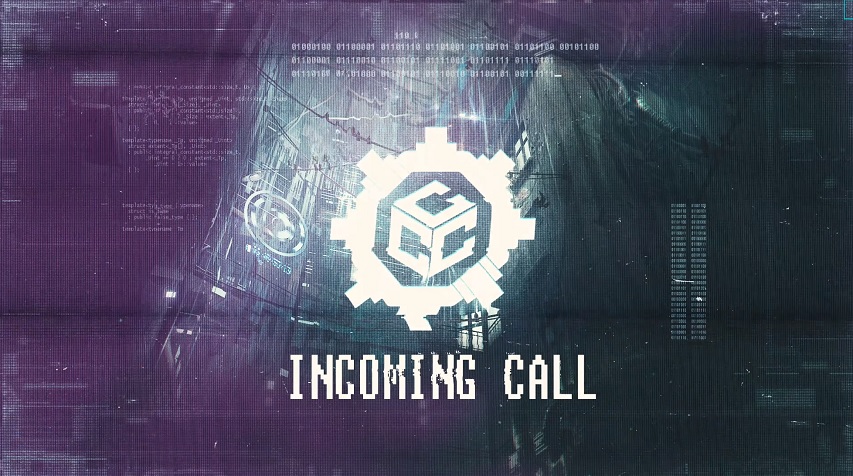

In addition, the manipulation of spatial frequency eliminated the decrease in android faces' perceived animacy and reduced their perceived uncanniness (Study 2). We found that perceived animacy decreased as a function of exposure time only in android but not in human or mechanical-looking robot faces (Study 1). In Study 2, in addition to exposure time, we also manipulated the spatial frequency of faces, by preserving either their fine (high spatial frequency) or coarse (low spatial frequency) information, to examine its effect on faces' perceived animacy and uncanniness. To test whether this effect is attributable to people's ascription of mind to (i.e., mind perception hypothesis) or subtraction of mind from androids (i.e., dehumanization hypothesis), in Study 1, we examined the effect of face exposure time on the perceived animacy of human, android, and mechanical-looking robot faces. Human replicas highly resembling people tend to elicit eerie sensations-a phenomenon known as the uncanny valley. We do, however, note the methodological value of examining many competing theories in the same experiment.

Given that the number of significant effects predicted depends partly on our choice of hypotheses, a detailed consideration of each result is advised. Empathy's main prediction was not supported. Threat avoidance predicted seven atypicality, perceptual mismatch, and mismatch+ predicted six category+, novelty avoidance, mate selection, and psychopathy avoidance predicted five and category uncertainty predicted three. Atypicality, in its extended form, in which the uncanny valley effect is amplified by the stimulus appearing more human, also predicted eight. One type of theory, configural processing, predicted eight out of nine significant effects. The theories' predictions were compared with ratings of 10 classes of stimuli on eeriness and coldness indices.

To test the predictions of nine classes of theories, a within-subjects experiment was conducted with 136 participants. The perceptual and cognitive mechanisms underlying the UV effect are not well understood, although many theories have been proposed to explain them. Recent studies have shown that this feeling can be elicited by entities modeled not only on humans but also nonhuman animals. In 1970, Masahiro Mori proposed the uncanny valley (UV), a region in a human-likeness continuum where an entity risks eliciting a cold, eerie, repellent feeling. The enjoyment and persuasiveness of the computer-animated doctor–patient consultation bodes well for the use of animation in interactive visual narratives. In comparing computer animation with recorded video, emotional empathy was a significantly stronger predictor of narrative enjoyment than transportation only for the real hero with a tragic ending. Just endings (hero rewarded, villain punished) elicited much greater pleasure than unjust endings. The participants’ posttest results showed greater emotional empathy and enjoyment in the hero condition and no significant difference in emotional empathy for the computer animation but greater narrative enjoyment and persuasion. In a 2 × 2 × 2 between-groups posttest-only experiment, 738 participants took the role of a patient in a virtual consultation with a doctor the consultation varied in the doctor's character (hero or villain), its subplot ending (happy or tragic), and its depiction (computer animated or real). Given the prevalence of computer-animated human characters and a narrative framework in videogames, serious games, and health-related scenarios, it is important to examine how the uncanny valley influences narrative empathy and enjoyment.

The uncanny valley is a term used to describe the phenomenon that human simulations that are nearly but not quite realistic often give viewers an uneasy, eerie feeling.


 0 kommentar(er)
0 kommentar(er)
